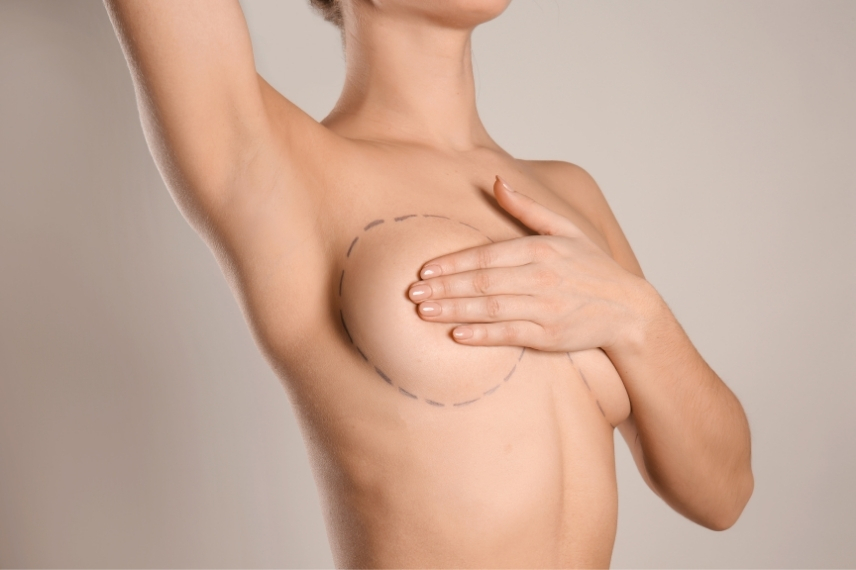
Visible superficial veins in regions such as the upper arms, chest (particularly the décolleté area), and face can be a source of cosmetic concern, especially when they become more prominent with age, sun exposure, or physiological changes. Although these veins are typically harmless, they may prompt individuals to seek treatment for aesthetic reasons.
Below is an overview of the anatomical factors, possible causes, and available treatment options for these areas.
🦾 Arm Veins (Upper Extremity)
Prominent superficial veins in the arms, particularly the biceps, forearms, or shoulder area, are often seen in lean individuals or those with low subcutaneous fat. In most cases, these veins are entirely physiological and reflect healthy venous return through superficial channels.
Contributing Factors:
- Low body fat percentage
- High muscle tone or hypertrophy (athletes)
- Aging and collagen loss
- Hormonal changes or skin thinning
Treatment Options (When Cosmetically Indicated):
- Foam sclerotherapy for selective large superficial veins
- Mini-phlebectomy in rare cases with tortuous branches
- Observation is often sufficient in asymptomatic, mild presentations
It is essential to differentiate cosmetic vein prominence from underlying venous disease (e.g., thoracic outlet syndrome, venous outflow obstruction) in patients presenting with symptoms such as arm swelling or pain.
👚 Chest and Décolleté Veins
The anterior chest wall, especially the décolleté (cleavage area) in women, may develop visible blue or greenish veins over time. These typically run superficially across the upper chest and towards the shoulders or neck.
Common Causes:
- Chronic sun damage
- Skin thinning due to estrogen decline or aging
- Repetitive UV exposure without protection
- Volume loss in the upper chest
- Hormonal therapy (estrogen-rich states)
Management Options:
- Foam sclerotherapy for large superficial reticular veins
- Laser treatment for finer vessels
- Skin care to improve dermal thickness and resilience
Again, these veins are not typically associated with systemic illness. However, new or rapidly enlarging chest wall veins in men or women may warrant evaluation to exclude central venous obstruction or superior vena cava syndrome, especially if bilateral or accompanied by swelling.
🧑⚕️ Facial Veins
Facial veins are often more cosmetically sensitive due to their visibility. They may present as:
- Fine red capillaries (telangiectasias) on the cheeks, nose, or chin
- Blue or greenish veins around the eyes, temples, or forehead
- Prominent veins along the nasolabial folds
Possible Triggers:
- Sun exposure and photoaging
- Rosacea
- Hormonal changes
- Chronic steroid use
- Repeated facial treatments or trauma
Treatment Modalities:
- Laser therapy (e.g., Nd:YAG or pulsed dye) for red capillaries and small vessels
- Foam sclerotherapy for blue reticular veins in the periorbital or temple area
- Microsclerotherapy with specialized low-volume techniques for sensitive regions
Facial sclerotherapy must be approached with anatomical precision due to the risk of embolization or nerve irritation, and is typically limited to selected veins not amenable to laser.
⚠️ General Considerations Before Treatment
Before initiating treatment in any region:
- A detailed venous examination should be performed to exclude systemic or deeper venous pathology.
- Color Doppler ultrasound may be used in selected cases, especially for the chest or upper extremity.
- Cosmetic vein treatment should only be offered to well-informed, asymptomatic patients seeking aesthetic improvement.
Summary
Prominent superficial veins in the arms, chest, and face are usually benign and related to anatomical, hormonal, or environmental factors. Treatment is elective and cosmetic in nature. Foam sclerotherapy, laser therapy, and mini-phlebectomy are the most common options, each selected based on vein size, location, and skin characteristics. A patient-specific approach and proper anatomical evaluation are essential for safe and effective results.


